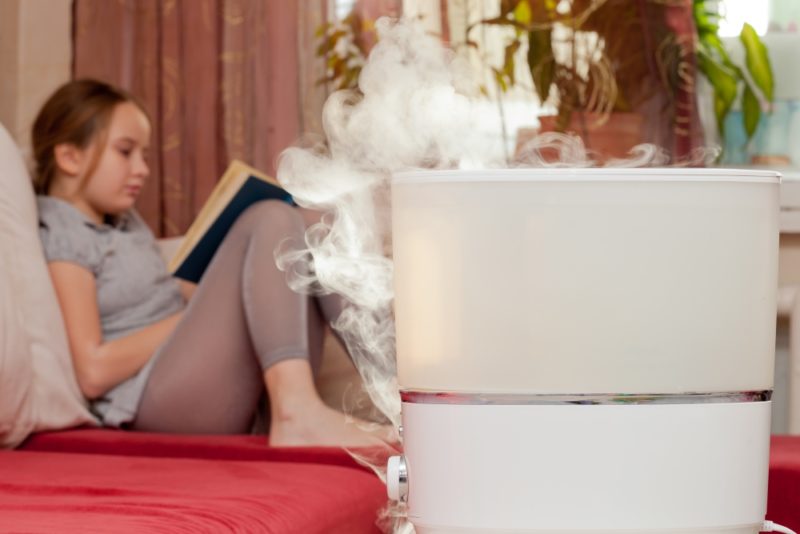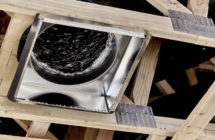The generally moderate temperature in Murray includes cold months and low humidity that cause problems for kids with asthma and other respiratory issues. Attempts to combat dry air and avoid respiratory problems include using saline nasal spray and drinking more fluids. The benefits of these simple approaches require diligence and are often short-lived. Fortunately, you can help reduce respiratory problems by adding a whole home humidifier to your existing HVAC system.
Know the Ideal Humidity Range
Research has shown that the ideal indoor home humidity range is between 40 and 60 percent. This range of humidity is ideal because it creates an environment that is hostile to allergens, pathogens, and noxious chemicals that can "off-gas" from indoor building materials. By keeping your indoor air in the 40 — 60 percent range you can minimize adverse respiratory effects that are related to humidity.
The Problems of Low Humidity
Low humidity occurs during winter months because as the temperature drops, so does the humidity. The air inside your home exchanges with the dry outdoor air, so even when your HVAC warms up the indoor air there may be very little moisture available. In addition to flaky skin and irritated eyes, low humidity can also lead to dry nasal passages which can lower the body’s natural defense against irritants and infection.
The Problems of High Humidity
Adding moisture to your indoor air addresses the problems caused by low humidity noted above, but too much humidity inside your home can lead to other health problems. High humidity, especially outside of the ideal range, can support biological growth and conditions that include upper respiratory infections, cough, and rhinitis in children with chronic upper respiratory illness.
A whole-home humidifier can keep your home in the ideal humidity range year round. Call us today at Thornton Heating & Air at 270-753-8181 to discuss your options.
Image provided by Shutterstock





